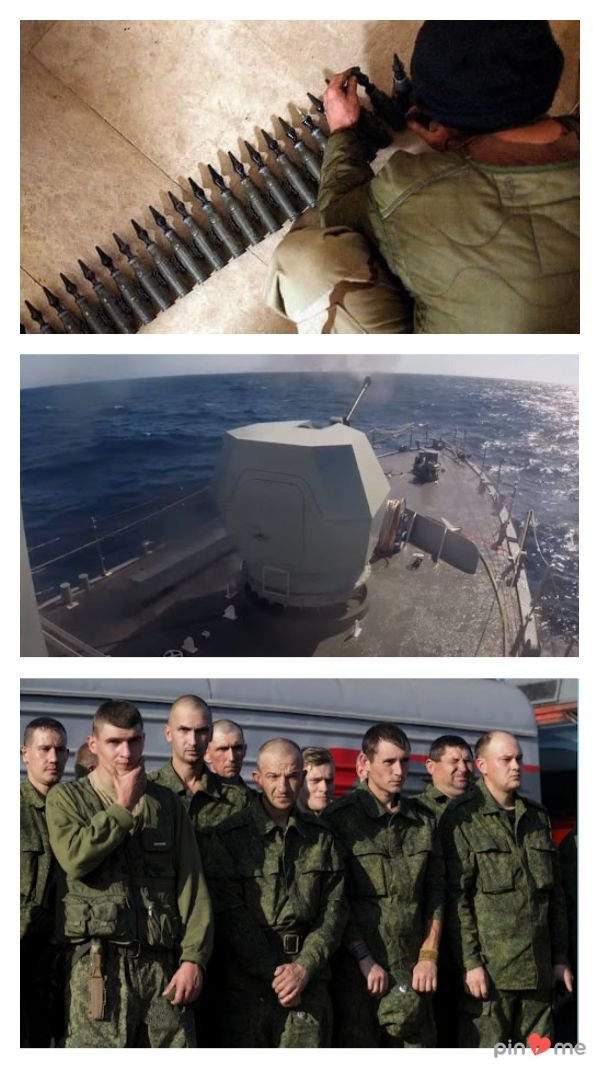Analytical Report and Forecast: Depleted Uranium Shells Supply to Ukraine

The Pentagon's recent announcement regarding the provision of depleted uranium shells to Ukraine has sparked debates over their actual danger, particularly in light of Moscow's claims. This report delves into the implications of this decision and analyzes the potential risks associated with the use of such weaponry.
US Secretary of State Antony Blinken's visit to Kyiv coincided with the announcement of a new aid package, including depleted uranium shells for American Abrams tanks, emphasizing American support for Ukraine's counteroffensive efforts.
Despite Russia's strong opposition, citing concerns over radiation hazards, the supply of depleted uranium shells underscores the ongoing geopolitical tensions in the region.
Conclusion: While depleted uranium possesses both chemical and radiological risks, its use in warfare remains contentious. However, the prioritization of military efficiency often outweighs environmental and health concerns. The decision to supply such munitions highlights the complexities of modern conflict and the need for comprehensive risk assessments.
Keywords: Pentagon, Depleted Uranium Shells, Ukraine, Geopolitical Tensions, Military Aid, Radiation Hazards.
Links: ole-lukoye.blogspot.com (4 min read)
Are they really as dangerous as Moscow claims?
ole-lukoye.blogspot.com
4 min
September 6, 2023
View Original
Photo copyright: AFP --
Photo copyright: AFP --
The US Department of Defense announced the provision of another aid package to Ukraine. Among other things, it will include depleted uranium shells for American Abrams tanks.
At the same time, US Secretary of State Antony Blinken, who arrived in Kyiv on Wednesday, announced a new aid package for Ukraine worth more than $1 billion, which includes support for the Ukrainian air defense system.
Blinken said American aid should help the Ukrainian counteroffensive.
“Over the past few weeks, progress in the ongoing [UAF] counter-offensive has accelerated. This new package will help maintain its momentum and support it even more,” the US Secretary of State said at a joint press conference with Ukrainian Foreign Minister Dmitry Kuleba in Kyiv.
Information about the allocation of American shells with depleted uranium to Ukraine is confirmed in a press release published on the Pentagon website. They will be sent as part of the next tranche of American military assistance in the amount of $175 million.
It will include, in particular, additional ammunition for HIMARS missile systems, equipment for air defense systems, Javelin and AT-4 anti-tank systems, as well as 120-mm tank shells with depleted uranium for Abrams tanks.
In March, the UK Ministry of Defense confirmed that it would send ammunition for British Challanger-2 tanks containing depleted uranium to Ukraine.
This statement caused an extremely harsh reaction from the Russian authorities, including President Vladimir Putin. Putin called the UK’s decision to supply depleted uranium shells to Ukraine as a reason for Russia to deploy tactical nuclear weapons in Belarus.
At the same time, as the BBC Russian Service previously
What is depleted uranium
Depleted uranium is a by-product of the production of enriched uranium.
It is distinguished by its high density and strength, and thanks to these qualities it is used both in the production of armor for military equipment and ammunition - mainly cores for armor-piercing projectiles.
Depleted uranium is not highly radioactive, although it is considered toxic and carcinogenic.
The International Atomic Energy Agency (IAEA) has indicated that depleted uranium is significantly less radioactive than natural uranium.
According to the IAEA, studies of the health of military personnel exposed to depleted uranium confirm that its exposure does not lead to any statistically significant increase in the mortality rate of personnel.
Sign up for our email newsletter to receive the day's top stories every evening, Monday through Friday, plus context to help you make sense of what's happening.
Analysis: why depleted uranium shells are not the biggest environmental hazard in war
Military correspondent of the BBC Russian Service Pavel Aksenov:
The mere promise to deliver depleted uranium shells in March 2023 gave Russia a reason to move tactical nuclear weapons to Belarus. Vladimir Putin then said that these shells pose a danger due to the “radiation dust” that can be formed as a result of such a shell hitting a target.
However, this reaction was clearly excessive: nuclear weapons, albeit of limited power, are still real nuclear weapons, unlike the uranium cores of tank shells.
image copyrightGetty Images
Skip Podcast Advertisement and continue reading.
What was it?
We quickly, simply and clearly explain what happened, why it is important and what will happen next.
episodes
End of story Podcast Advertising
Depleted uranium is indeed a radioactive substance, although not so dangerous that its use would be banned internationally. Sub-caliber projectiles with depleted uranium cores are not prohibited by any conventions.
A UN Environment Program report prepared in 2022 expressed concern about the possibility of using depleted uranium ammunition in Ukraine due to the risks of developing various diseases. But the same report said that the substance was actually more dangerous because of its chemical rather than radiological activity.
The fact that depleted uranium is not so much radioactive as chemically aggressive is a rather weak argument in favor of its use in combat.
But war is a dirty business not only figuratively, but also literally. And cores made from depleted uranium are far from the only, and perhaps not the greatest, danger to the environment in war.
For example, the Kh-22 air-launched cruise missile that Russia is using against Ukraine is fueled with the extremely toxic AK-27I oxidizer. It poses a mortal danger even to the personnel at Russian air bases who maintain these missiles.
But the Russian army does not abandon the use of this missile, despite its low accuracy and the high toxicity of the two-component fuel.
It's all about efficiency. This missile is quite difficult to shoot down, and its warhead is highly powerful.
In the same way, sub-caliber projectiles with depleted uranium have such high armor penetration that the military is unlikely to be able to refuse their use, especially since the harm from them has not been properly studied.